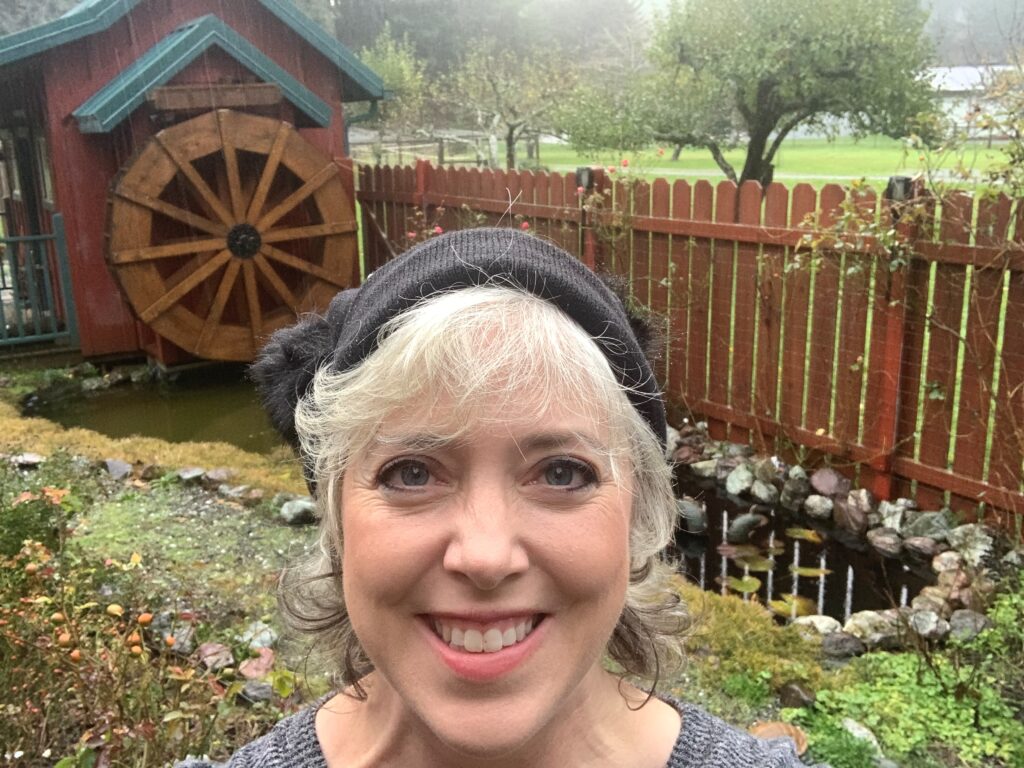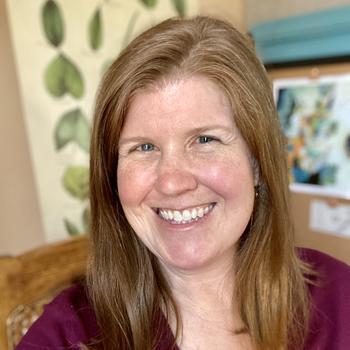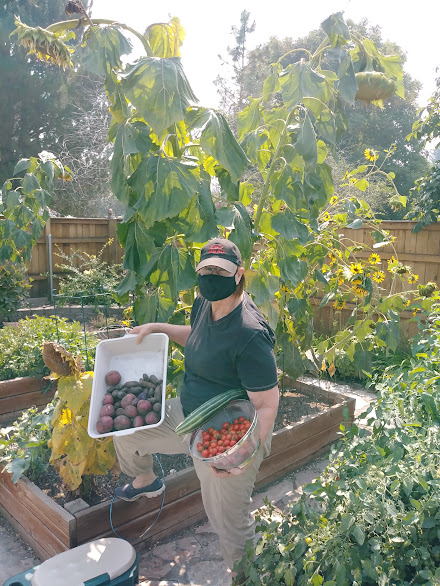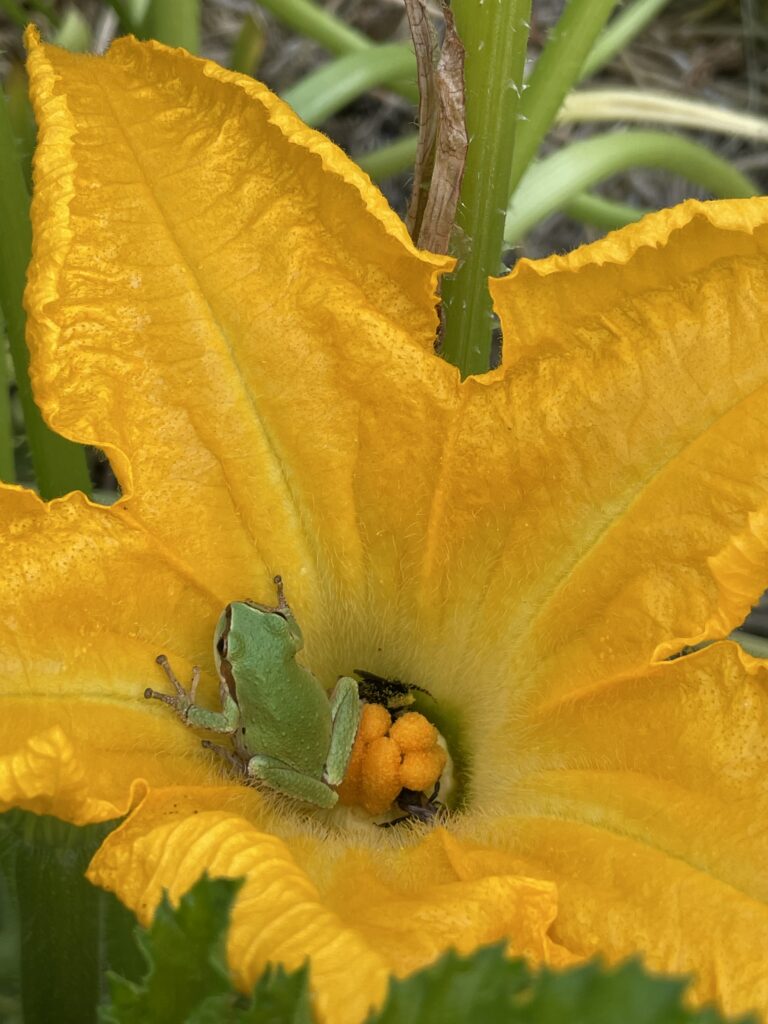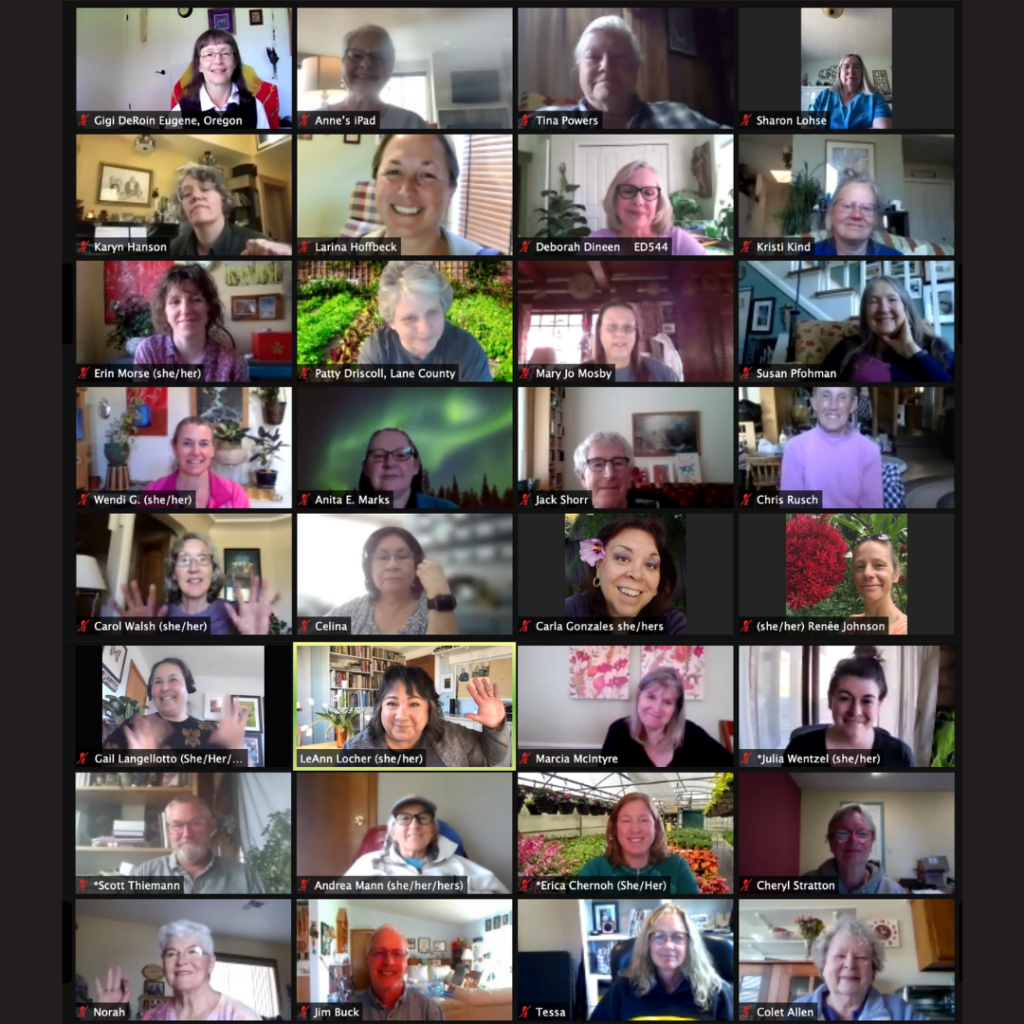
The first cohort of the OSU Extension Master Gardener Diversity, Equity, and Inclusion (DEI) Task Force wrapped up its work this past February, after a year of learning opportunities, organizational self-study, action items, and recommendations. One key recommendation that was offered to cohort II of the Task Force, by the 34 active members of the original group, was to communicate progress and priorities out to the broader Master Gardener community. This post is the first in a series that will do just that. Over the next few days, we’ll provide an update on the outcomes and recommendations that emerged from the four subgroups of cohort I of the taskforce. The schedule for this series is:
- Today: an overview of OSU Extension Master Gardener efforts related to DEI
- Friday: an update from the ‘Events and Communications’ subgroup
- Monday: an update from the ‘Who We Serve’ subgroup
- Tuesday: an update from the ‘Who Becomes a Master Gardener’ subgroup
- Wednesday: an update from the ‘Inclusive Curriculum’ subgroup
Diversity, equity, and inclusion work within the Master Gardener program started a few years before the first meeting of the Task Force. In 2017, based upon recommendations that emerged from an annual meeting of OSU Extension Master Gardener Coordinators, a subgroup was formed to answer this question:
“How can we re-envision Master Gardener volunteer training to make annual trainings a) more broadly accessible, b) more active and interactive, and c) more fun?”
Two Master Gardener volunteers, two Master Gardener program coordinators, and the statewide coordinator worked together to read, study, query colleagues, analyze results, and thoughtfully discuss how to meet the three points outlined in the questions above. This group, called CHAP, for Community Horticulture Advisory Panel, took the time to intensely study each of these points, and make recommendations to the broader Master Gardener program.
An Overview of OSU Extension Master Gardener Efforts related to DEI
The Beginnings: CHAP
The CHAP model began in 2014, when the Master Gardener Coordinators working group changed the decision-making process from one of consensus-based decision making to the CHAP model. Folks who signed up to work on a CHAP committee were tasked with taking the time to intensely review and consider an issue affecting the Master Gardener Program. CHAP would make recommendations, based upon careful consideration and review. The Master Gardener Coordinators working group would vote on the CHAP recommendations, with majority rule. This model emerged, because many working group members were over-extended, and often unable to commit the time and energy needed to carefully study an issue, before coming to a decision. Prior to focusing on annual Master Gardener trainings, previous CHAP committees made recommendations related to the types of activities that would qualify for Master Gardener service hours or continuing education hours. The first CHAP committee also recommended recognizing certified Master Gardener volunteers on their badges, which is where the stickers came from!
The 2017-2018 iteration of CHAP developed several recommendations related to making annual Master Gardener training more broadly accessible, interactive, and fun. Research confirmed what had long been suspected: 3-hour lectures do NOT represent research-based best practices for adult learners. Several of the recommendations focused on removing systemic barriers to participation in the program, such as reducing the cost of classes, reducing the volunteer service hour commitment, and providing flexible options for engaging with the program such as a hybrid online/in-person training option. Several years later, the 2022 Master Gardener training season adopted a hybrid training approach that enabled many folks to participate in the program, that otherwise would have been locked out.
“Having the Master Gardener program available online has helped me easily fit the coursework into my other obligations like working full-time. I’ve loved being able to nurture my gardening knowledge in my own time, getting myself prepared for in-person volunteering this spring!”
—Mary P., 2022 Master Gardener trainee
The work to increase access and inclusion continued into 2019 when the Master Gardener Coordinators working group convened in Seaside, Oregon for two days to discuss the programmatic mission and vision. Two members of the Oregon Master Gardener Association leadership also participated in these discussions. This group fine-tuned the program’s mission and developed a programmatic vision that focused on access and equity. The focus on mission and vision was important, as these items serve as a north star and compass when determining where to invest time and effort amidst a landscape of extensive need and limited resources. In 2020, the work continued by solidifying the program priorities and values.
Today: Master Gardener Diversity, Equity, and Inclusion Task Force
In 2020, the program’s focus on Diversity, Equity, and Inclusion became more public-facing, with the first blog post about racial and social justice, and reading recommendations received from Master Gardener volunteers in June of 2020. In January of 2021, an open discussion, reflecting on the legacy of Dr. Martin Luther King, Jr. was held, and the commitment to convening a task force of Master Gardener volunteers and coordinators was born.
Across the next week, we hope you will take the time to read about the work, outcomes, and recommendations of the four workgroups that comprised the first cohort of the task force. We welcome your ideas and thoughts, and how you are working within your local Master Gardener group to make this work come alive within your community.






